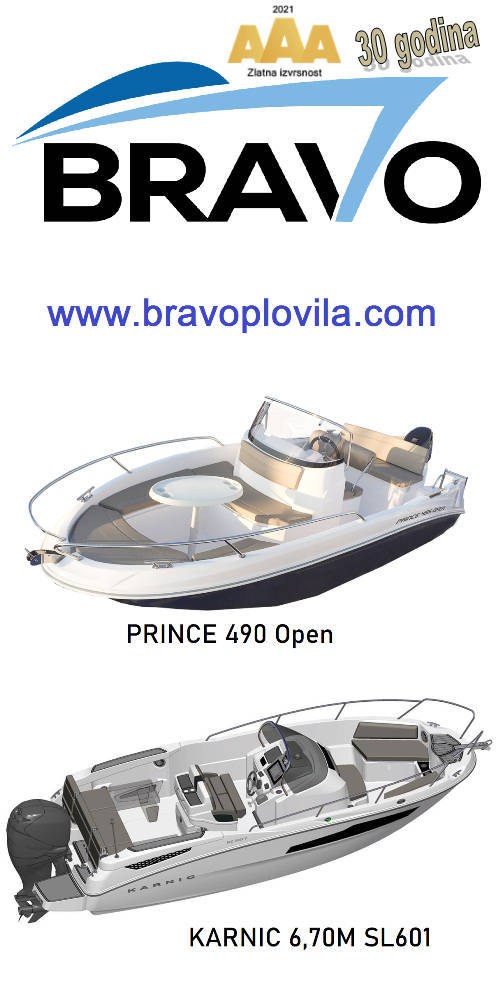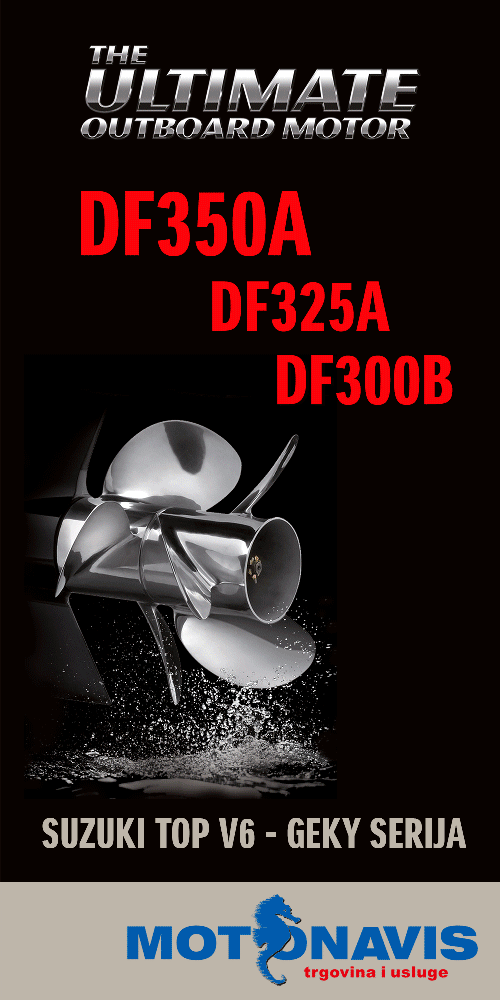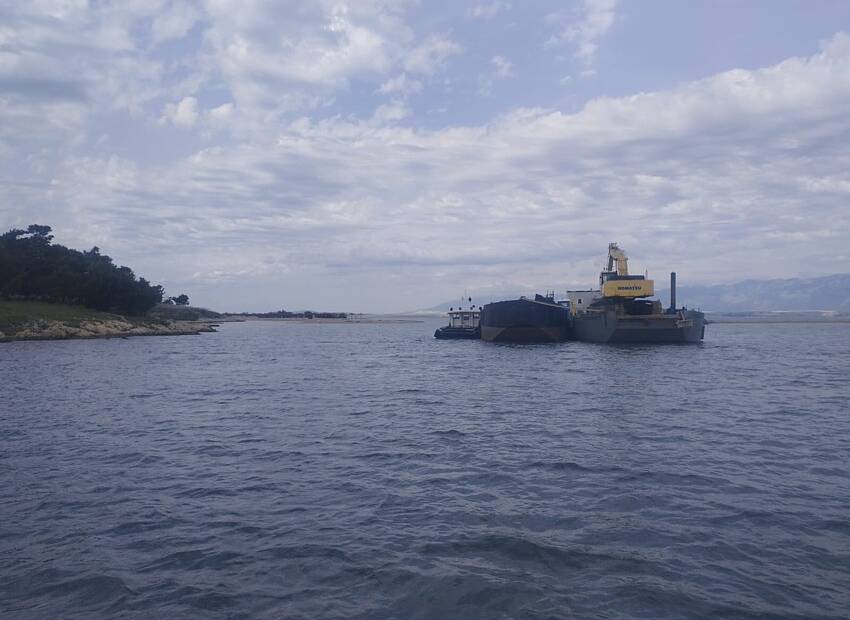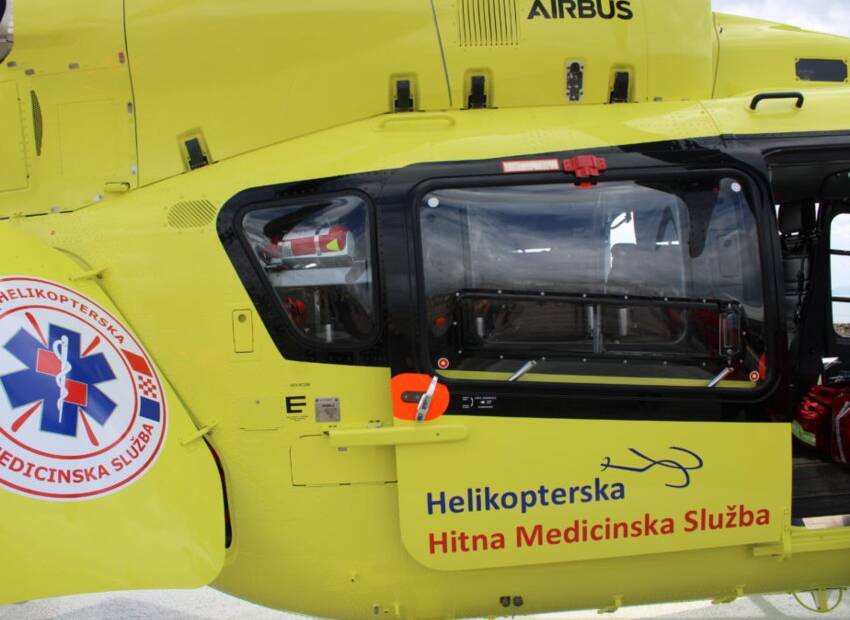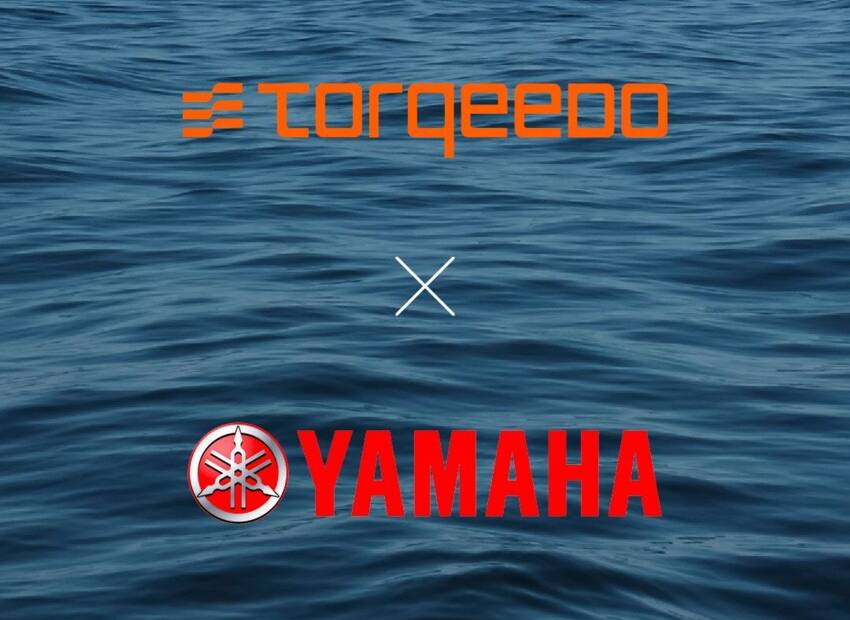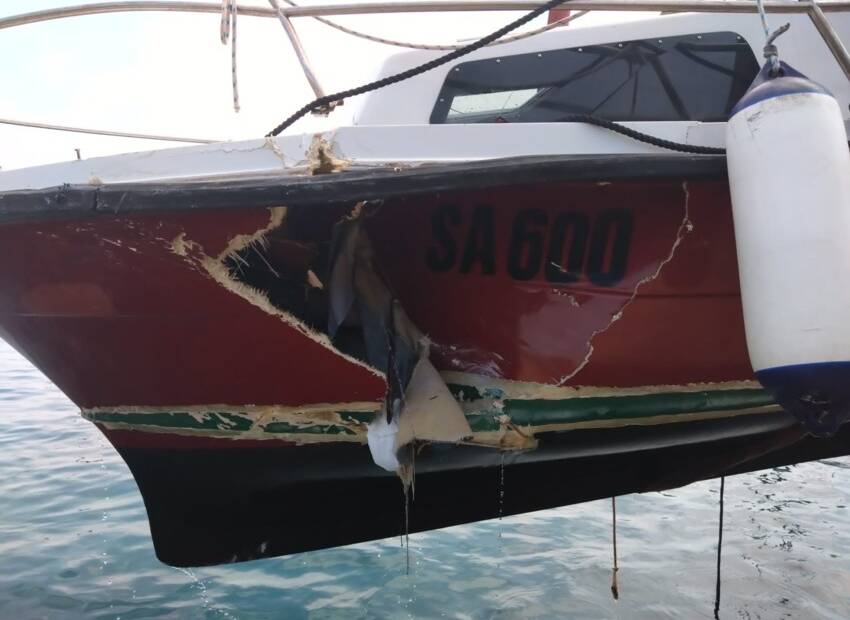BEFORE YOU LAUNCH:
- Inspect and lubricate seacocks. Hoses and hose clamps should be inspected and replaced as necessary.
- Replace deteriorated anodes.
- Inspect prop(s) for dings, pitting and distortion. Make sure cotter pins are secure. Grip the prop and try moving the shaft - if it´s loose, the cutlass bearing may need to be replaced.
- Check to make sure the rudderstock hasn´t been bent.
- Inspect the hull for blisters, distortions and stress cracks.
- Make sure your engine intake sea strainer is free of corrosion, clean and properly secured.
- Check the engine shaft and rudder stuffing boxes for looseness. After the boat is launched, be sure to check all through-hulls for leaks.
- Use a hose to check for deck leaks at ports and hatches. Renew caulk or gaskets as necessary.
- If equipped, ensure that the stern drain plug is installed.
OUTDRIVES and OUTBOARDS:
- Inspect rubber outdrive bellows for cracked, dried and/or deteriorated spots (look especially in the folds), and replace if suspect.
- Check power steering and power trim oil levels.
- Replace anodes that are more than half worn away.
- Inspect outer jacket of control cables. Cracks or swelling indicate corrosion and mean that the cable must be replaced.
ENGINES AND FUEL SYSTEMS:
- Inspect fuel lines, including fill and vent hoses, for softness, brittleness or cracking. Check all joints for leaks and make sure all lines are well supported with non-combustible clips or straps with smooth edges.
- Inspect fuel tanks, fuel pumps and filters for leaks. Clamps should be snug and free of rust. Clean or replace fuel filters. Owners of gasoline-powered boats with fiberglass fuel tanks should consult a marine professional to inspect for any ethanol related issues.
- Inspect cooling hoses for stiffness, rot, leaks and/or cracking. Make sure they fit snugly and are double-clamped.
- Every few years, remove and inspect exhaust manifold for corrosion.
- Clean and tighten electrical connections, especially both ends of battery cables. Wire-brush battery terminals and fill cells with distilled water (if applicable).
- Inspect bilge blower hose for leaks.
SAILBOAT RIGGING:
- Inspect swage fittings for cracks and heavy rust (some discoloration is acceptable). Inspect wire halyards and running backstays for "fishhooks" and rust.
- Remove tape on turnbuckles and lubricate threads, preferably with Teflon. Replace old tape with fresh tape.
- Recaulk through-deck chainplates as necessary (generally, once a decade). If you suspect the core around the chainplate is damp, remove the chainplate to inspect and make repairs.
TRAILERS:
- Inspect tire treads and sidewalls for cracks or lack of tread and replace as necessary. Check air pressure. Don´t forget the spare!
- Inspect wheel bearings and repack as necessary.
- Test tail and back-up lights and winch to make sure they´re working properly. Inspect hitch chains.
- Inspect trailer frame for rust. Sand and paint to prevent further deterioration.
- Inspect brakes and brake fluid reservoir.
MISCELLANEOUS:
- Check expiration dates on flares and fire extinguishers.
- Check stove and remote tanks for loose fittings and leaking hoses.
- Inspect bilge pump and float switch to make sure they´re working properly.
- Inspect dock and anchor lines for chafing.
- Update or replace old charts, waterway guides.
- Check shore power cable connections for burns, which indicates the cable and/or the shore power inlet must be replaced.
- Make sure your boating license and/or registration is up to date. Don´t forget your trailer tags.
- Review your boat insurance policy and update coverage if needed. Be sure you have fuel spill insurance coverage.
- Make sure you have a properly sized and wearable life jackets in good condition for each passenger, including kids.
- Test smoke, carbon monoxide, fume and bilge alarms.
A free Spring Safety Pre-launch Checklis





